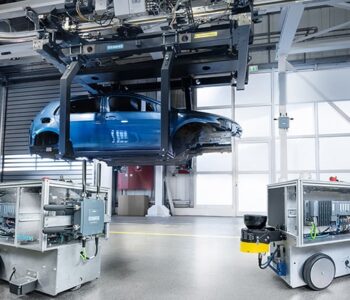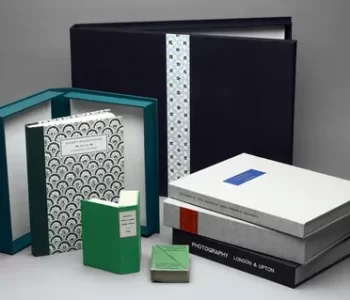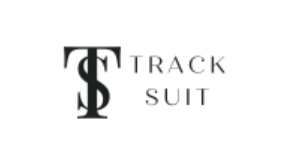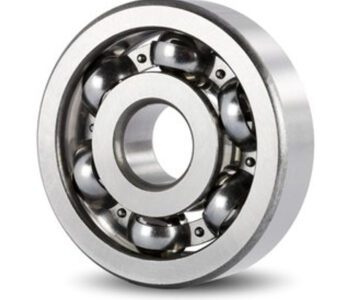 Business
Business
Ensuring Playtime Excellence: CE Certification for Toy Safety
I. Introduction
A. Importance of toy safety in today’s market
CE Certification Toy safety has become an essential priority for parents, manufacturers, and regulators alike. With growing concerns about health risks, harmful chemicals, and choking hazards, the demand for safe toys is at an all-time high. Children spend hours playing with toys, and as a result, the safety of these products directly impacts their well-being. The toy industry faces increasing regulations to ensure that toys are free from dangers such as toxic substances, sharp edges, or small parts that pose choking risks. Ensuring toy safety isn’t just about compliance; it’s about fostering trust and ensuring the longevity of a brand in a competitive market. Manufacturers who prioritize safety show their commitment to protecting children and maintaining high standards in their production processes.
B. Overview of CE certification and its relevance to toy safety
CE certification acts as a guarantee that a toy meets safety standards set by the European Union. It indicates that a product complies with specific health, safety, and environmental regulations required for selling within the EU. For toys, CE certification is an essential marker, ensuring that products meet the stringent safety requirements outlined in the EU Toy Safety Directive. Manufacturers must conduct extensive testing and provide detailed documentation to demonstrate compliance before placing a toy on the market. The CE mark assures consumers that the toy they purchase is safe, well-tested, and legally compliant. Without CE certification, manufacturers cannot legally sell toys in the EU, which makes it a fundamental step in accessing this major market.
II. What is CE Certification?
A. Definition and overview of CE certification
CE certification stands for “Conformité Européenne,” meaning “European Conformity.” It is a certification that demonstrates a product complies with relevant European Union (EU) regulations. The CE mark on toys indicates that the manufacturer has fulfilled all necessary requirements concerning safety, health, and environmental protection. For toys, the CE certification ensures they meet the EU Toy Safety Directive, covering aspects like toxic chemical limits, mechanical properties, and labeling requirements. Manufacturers must carry out specific testing and create a technical file that shows compliance with these standards. CE certification not only protects children but also facilitates market access across the EU, helping businesses expand their reach while maintaining safety and quality standards.
B. CE marking as a symbol of compliance with European Union (EU) regulations
The CE mark symbolizes compliance with EU regulations. For toys, this means the product has met the safety, health, and environmental requirements specified in EU legislation, particularly the Toy Safety Directive. Manufacturers must test their toys to ensure they don’t present physical, chemical, or mechanical hazards to children. CE certification involves preparing a technical file, performing required safety assessments, and testing the toy for any risks. By placing the CE mark on a toy, manufacturers confirm their responsibility in ensuring the toy’s safety. This mark enables manufacturers to legally sell toys in the EU market and assures consumers of the product’s reliability and adherence to strict standards.
C. The role of CE certification in ensuring product safety, quality, and compliance
CE certification plays a vital role in ensuring toys meet the highest standards of safety, quality, and compliance. Through rigorous safety testing, the certification process guarantees that toys are free from dangerous materials, pose no mechanical risks, and are labeled appropriately for age-appropriate use. The process helps manufacturers prevent potential hazards and identify risks such as choking, toxicity, or sharp edges. CE certification also ensures the use of materials that are safe for children, further confirming the product’s overall quality. For manufacturers, it serves as a structured guide to ensure product safety, meeting legal requirements while enhancing brand reputation and customer trust.
III. Why CE Certification Matters for Toys
A. Protecting children’s health and safety
CE certification serves as a critical safeguard for children’s health and safety. Toys pose various risks, including sharp parts, toxic chemicals, or small components that may cause choking hazards. CE certification ensures that toys undergo extensive testing to eliminate such risks. This certification helps manufacturers design and create products that are safe for children to use, protecting them from potential harm. By adhering to safety standards outlined by the Toy Safety Directive, manufacturers can be confident their toys are free from harmful elements, ensuring that playtime remains fun and risk-free for children.
B. Legal requirements for selling toys in the EU market
In the EU, selling toys without CE certification is illegal. Manufacturers must obtain CE certification before they can legally market and sell toys in this region. The Toy Safety Directive (2009/48/EC) requires that all toys sold in the EU meet specific safety standards, including testing for toxicity, mechanical integrity, and proper labeling. By complying with this directive and obtaining the CE mark, manufacturers ensure that they meet these legal requirements. Failing to obtain CE certification can result in fines, product recalls, and loss of market access, making it an essential step for any manufacturer wishing to enter the EU market.
C. Enhancing consumer confidence and trust in toy products
The CE mark builds consumer trust by demonstrating that the toy manufacturer has followed all safety protocols and adhered to EU regulations. Parents and caregivers rely on CE certification as a sign of quality and safety. When they purchase a toy with a CE mark, they can be confident that the product has undergone rigorous testing and meets the highest safety standards. This assurance strengthens a manufacturer’s reputation and encourages consumers to make purchases with peace of mind. Manufacturers who prioritize CE certification enhance their brand credibility and develop long-term trust with their customers.
D. Meeting international safety standards and gaining market access
CE certification isn’t only important within the EU—it opens doors to international markets. Many countries outside the EU recognize the CE mark as a symbol of compliance with international safety standards. By obtaining CE certification, manufacturers can expand their product reach beyond the EU to countries that also value stringent safety and quality guidelines. This helps increase the competitiveness of manufacturers’ toys on the global stage, attracting international buyers and ensuring that their products meet internationally recognized standards for children’s safety.
IV. Conclusion
A. Recap of the importance of CE certification for toy safety
CE certification plays an indispensable role in ensuring toy safety by guaranteeing compliance with rigorous EU standards. It protects children from potential hazards. CE certification also provides legal access to the EU market. Additionally, it fosters consumer confidence in toy safety and quality. Manufacturers must undergo testing to ensure compliance. They must submit documentation to confirm their toys meet safety standards. This process helps create a safer environment for children. At the same time, it supports business growth and success. CE certification is a crucial part of the toy manufacturing process. It ensures toys meet the highest standards of quality and safety.
B. Encouragement for toy manufacturers to prioritize compliance
Toy manufacturers should view CE certification as a fundamental step in protecting children’s safety and expanding their business reach. Compliance with safety regulations provides a competitive edge in the marketplace and reassures customers that their products are safe for their children. Prioritizing CE certification ensures that manufacturers remain on the right side of the law, avoid costly recalls, and uphold their brand reputation. By committing to CE certification, manufacturers not only follow legal requirements but also contribute to a safer world for children.
C. Final thoughts on the role of CE certification in ensuring safe and enjoyable playtime for children
CE certification ensures that toys meet essential safety standards and guarantees that children can enjoy playtime without unnecessary risks. It serves as a stamp of approval from manufacturers, regulators, and consumers, creating a safer, more enjoyable environment for children. With CE certification, manufacturers demonstrate a commitment to quality, safety, and the well-being of their young customers. By prioritizing CE compliance, toy manufacturers help foster confidence among parents, contribute to a safer industry, and ensure that children’s playtime remains a source of joy and exploration.









